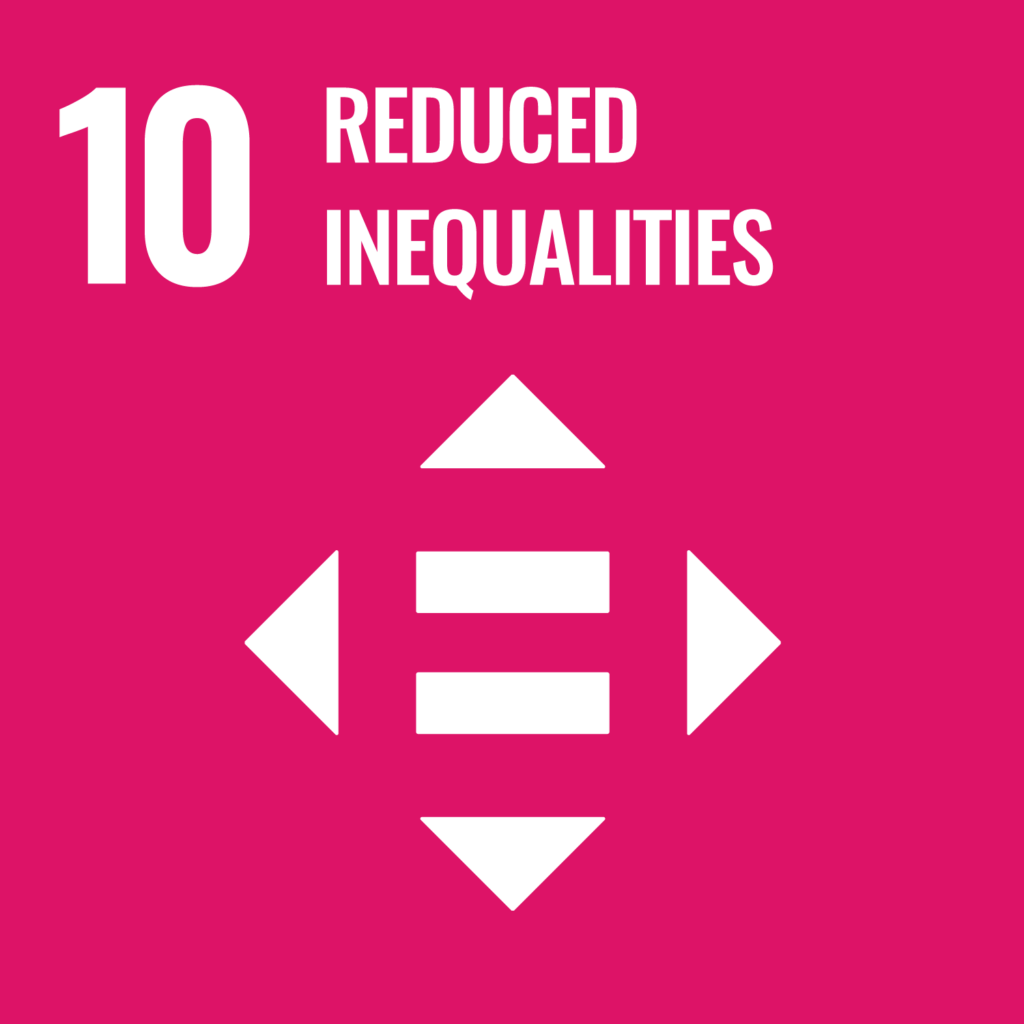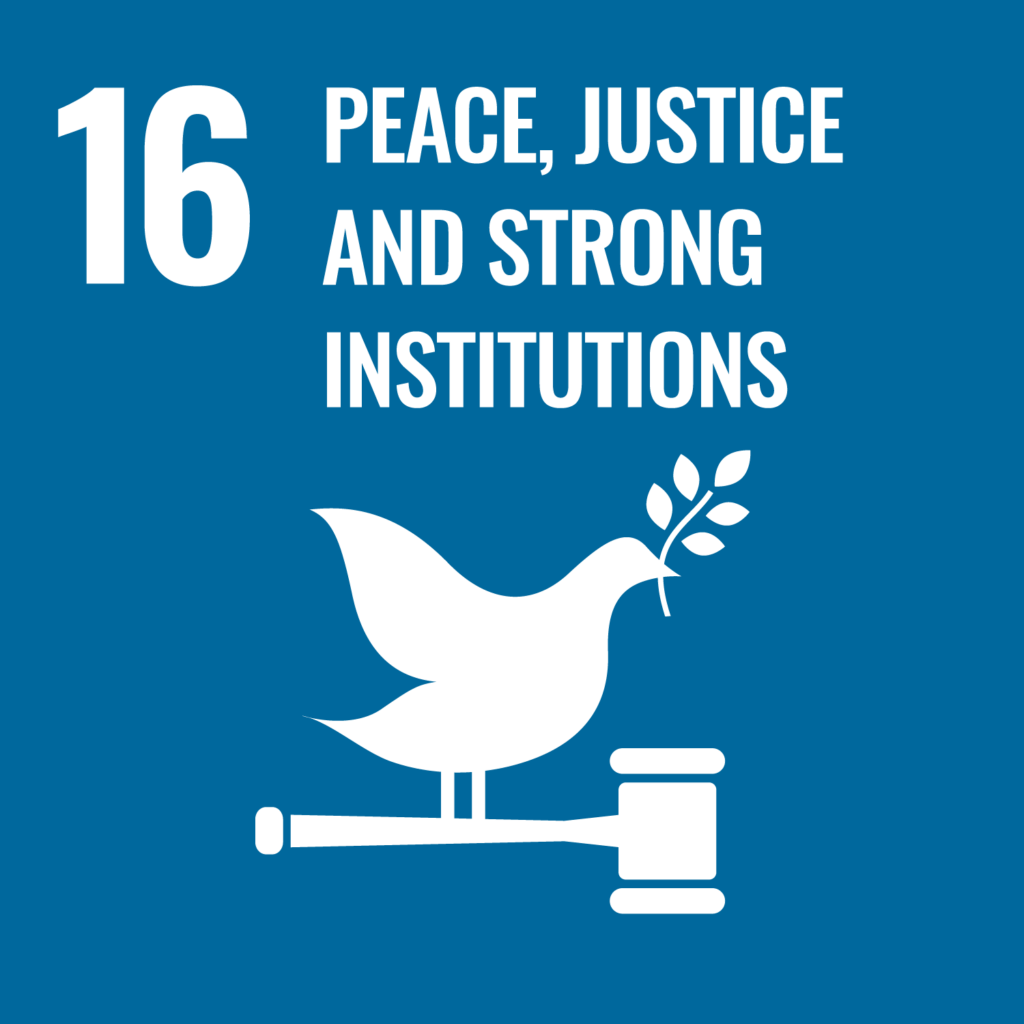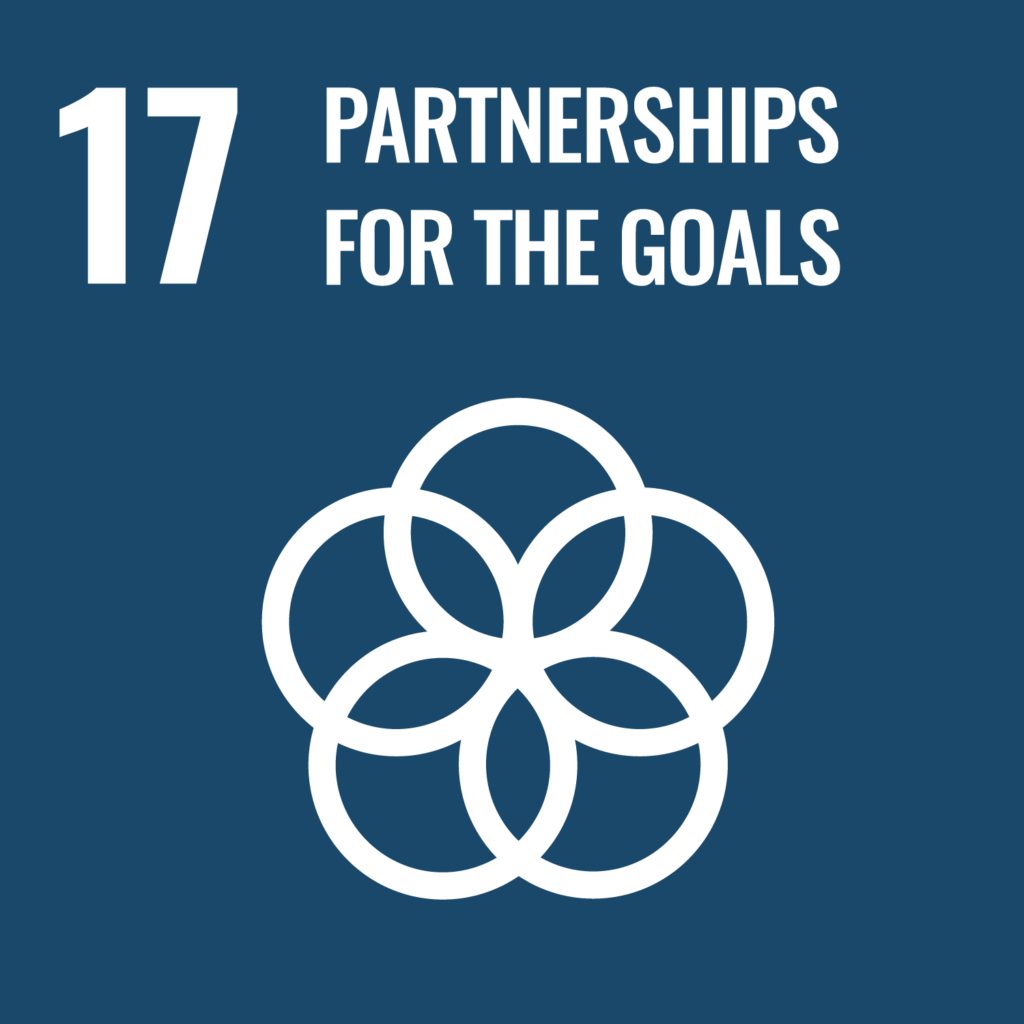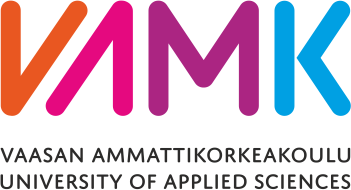
AI-assisted fire safety communication for immigrants
Vaasa University of Applied Sciences develops an AI-based fire safety communication solution to improve safety awareness among immigrants. The project, which will start in autumn 2025, aims to enhance the ability of rescue services to produce multilingual safety communication specifically targeted to immigrants. The goal is to reduce accidents and promote integration.
In Finland, there have been fatal fires involving multiple victims, in which people with an immigrant background appear to be overrepresented. A key challenge in safety communication targeted at immigrants is the diversity of the target group. Educational background, literacy, and language skills vary significantly, which can often make it difficult to understand safety instructions. Differences in practices and perceptions of safety caused by varying cultural backgrounds, as well as a possible lack of trust in authorities, may also reduce the effectiveness of safety communication.
Vaasa University of Applied Sciences responds to this need by supporting safety guidance and emergency preparedness for immigrants in the regions of Ostrobothnia, South Ostrobothnia, and Central Ostrobothnia. In this way, immigrants’ awareness and ability to adopt safety practices are improved.
“In the long term, equal access to safety instructions can contribute to a reduction in accidents. The project also indirectly promotes the integration of immigrants and societal security by increasing trust in authorities,” says Daniel Sahebi, Principal Lecturer in Business Economics and the Leader of Smart Business RDI platform.
“Although a great deal of high-quality material has already been produced in Finland to support immigrants’ safety awareness, the distinctive strength of this project lies in its digital implementation. Digital solutions enable the easy, fast, and up-to-date delivery of messages and also support, for example, volunteer firefighters who are involved in safety communication with various target groups,” comments Sirpa Suomalainen, Executive Director of PoPeLi – Ostobothnian Rescue Association.
The safety communication solution will be piloted with users
In the project that is coordinated by VAMK and funded by the Fire Protection Fund, a generative AI-based large language model and an easily accessible communication solution is developed. This will improve the ability of rescue services to produce multilingual safety communication specifically targeted to immigrants.
“The communication solution helps rescue services and other fire safety actors to easily produce multilingual safety messages, which can be shared both digitally and as printable materials,” tells Project Manager and Senior Lecturer in Information Technology Tero Ulvinen and continues:
“In addition, the target group learns about fire safety by discussing the topic in their own language through a mobile-based AI service. At the same time, methods for the ethical use of generative AI in critical communication—compliant with EU legislation—are being studied and implemented.”
In the first phase of the project Utilising Generative AI in the Rescue Sector, starting in autumn 2025, the focus will be on selecting and fine-tuning the AI model for the communication solution and developing a user interface prototype. During 2026, the safety communication solution will be piloted within immigrant communities and rescue services.
“After collecting user experiences, we will make the necessary improvements and evaluate the possibilities of expanding the model and its use nationwide,” says Ulvinen.
“From the perspective of the rescue services’ partnership network, a project aimed at improving fire safety in immigrant housing is very timely,” state the Board of Rescue Directors in their statement.
Promoting UN’s Sustainable Development Goals





